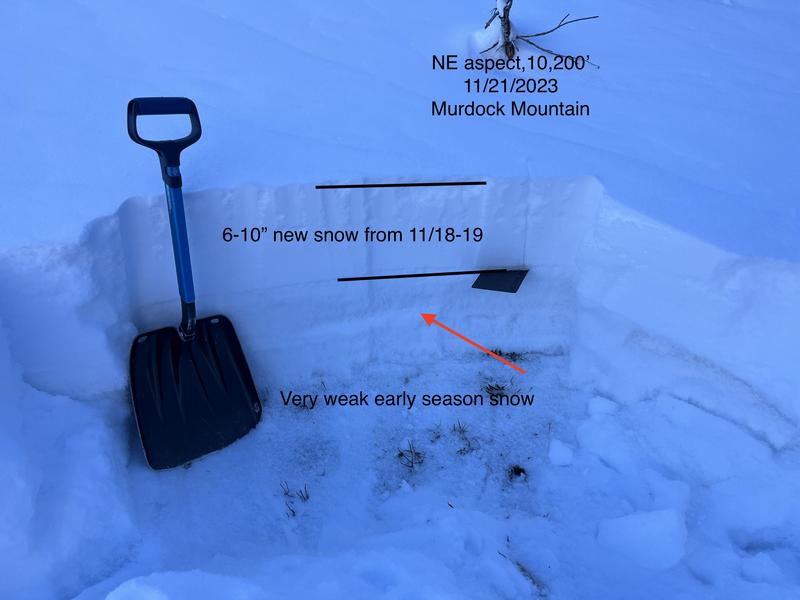Forecast for the Uintas Area Mountains

Issued by Trent Meisenheimer on
Saturday morning, November 25, 2023
Saturday morning, November 25, 2023
Update for Saturday, November 25 at 7:10 AM
Normal Caution: This is not a specific avalanche problem. It is used by UAC forecasters most often when avalanche conditions are generally safe and there is no predominant avalanche problem. Any avalanche type is possible, but the most common would be wind slab, loose wet, and loose dry avalanches, which would be expected to be small.
Do not approach a Normal Caution avalanche problem as an “anything goes” situation. Keep your guard up and look for any signs of snow instability. Evaluate snow and weather conditions as you travel.

Low
Moderate
Considerable
High
Extreme
Learn how to read the forecast here









